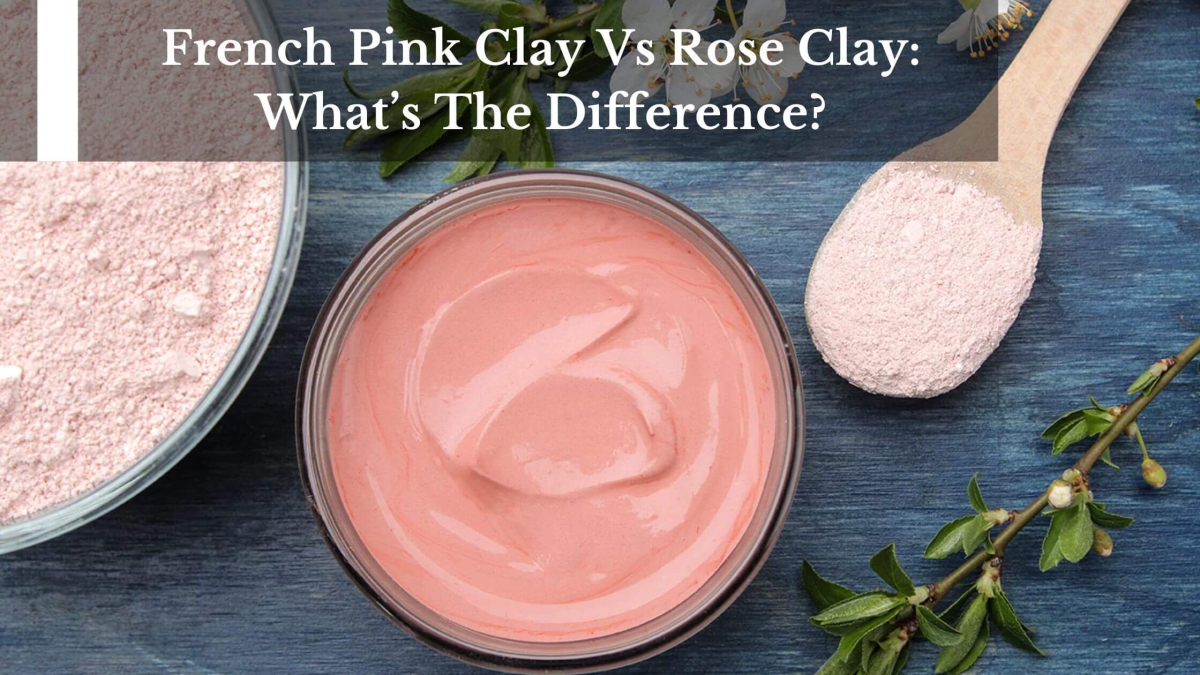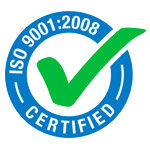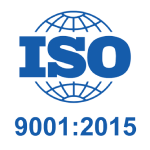French pink clay vs rose clay, are two popular types of facial toners for face masks sold at many beauty stores and online. To compare both products, we must first understand how each one works. French pink clay is made from red, pink, and white clays which are then mixed with a water-soluble pigment. The mixture can be applied as a mask for 15-20 minutes every day for about 8 weeks, then it is rinsed off with lukewarm water. The french pink clay benefits for skin and results in a lightning effect that can maintain the complexion’s natural glow. Rose clay is made from the same clays as French pink, but with a pigment made from a water-soluble rose petal extract which helps to give a brighter and whiter complexion.
You may also like:
The US FDA (Food and Drug Administration) has found that French pink clay contains aluminum silicate, calcium silicate, silicon dioxide, iron oxide, and titanium dioxide. Rose clay may contain lead. Rose clay means “rose quartz” in French. Rose clay is made from rose quartz, red clay, and pink clays which are then mixed with a water-soluble pigment. The mixture is applied as a mask for 15-20 minutes every day for about 8 weeks, then it is rinsed off with lukewarm water. Rose clay gives a deep pink glow to the skin. So in this article let’s find out which is better french pink clay vs rose clay.
Benefits Of French Pink Clay For Skin:
1. It’s gentle on the skin and has a high porosity. The mixture of clays provides an excellent degree of saturation for the pores for optimal penetration of beneficial substances. French pink clay benefits for skin and creates a soft balance of ingredients that gently exfoliate dead skin cells and gently clean pores, leaving the skin smooth and radiant.
2. The benefits of french pink clay for the skin also contain controlling excess oil (sebum). The high porosity of french pink clay allows it to absorb sebum in large amounts making it suitable for sensitive skin types.
3. It brightens up your complexion quickly by whitening your face.
4. It can help increase cell turnover which keeps skin looking fresh.
5. It can be used on all types of skin, including sensitive and rosacea skin types. Clay masks are an oriental symbol and are considered a symbol of beauty and health. They have been used in the treatment of various diseases such as psoriasis, acne, back pain, asthma, arthritis, colds, and cancer.
6. It can be used as a hair mask to keep your hair soft and healthy.
7. It can be applied to trouble areas like elbows, knees, wrists, and ankles.
8. It is very good for the relief of insect bites.
9. It is great for young and old alike and can be used on problems such as wrinkles, puffiness, or dryness.
Side Effects Of French Pink Clay For Skin:
- It can cause dryness when used too frequently.
- It may cause redness or a tingling sensation on sensitive skin.
- It can cause skin irritation if not properly washed off.
- It may cause an allergic reaction in people with sensitive skin.
- It can cause minor swelling of the skin, itching, or a rash if contact with the eyes.
- It can trigger an allergic reaction on dry and sensitive skin when used incorrectly.
- It can clog your pores and cause comedones, enlarged oil glands, and cysts.
- It could be harmful to pregnant women or those who are breastfeeding.
- It is not safe for people with dermatitis or eczema who have softened skin.
Rose Clay Benefits For Skin:
1) Rose clay helps to remove excess sebum (oil) from your skin.
2) It is gentle enough for rosacea.
3) It is suitable for sensitive skin types and does not cause allergic reactions.
4) Rose clay brightens up your complexion by whitening your face and can be used on all types of skin, including sensitive, rosacea, or acne-prone skin.
5) It can be used to control sebum secretion.
6) Rose clay benefits the skin and provides excellent penetration of nutrients into the pores.
7) It can help reduce the appearance of fine lines, wrinkles, blemishes, age spots, and other imperfections.
8) Rose clay benefits the skin including treating scalp problems such as dandruff, itchy scalp, and loss of hair. It makes your hair smooth and silky by removing dead skin cells.
9) It has a positive effect on rosacea treatment in the way that it calms down skin inflammation and redness.
What Are The Side Effects Of Rose Clay?
Rose clay is not safe for pregnant women, children under the age of three, people with liver and kidney problems, or people with bleeding disorders. Side effects may include headache, nausea, and abdominal pain; these symptoms typically disappear a few days after you stop using the product. If your face dries out after using rose clay, you can reverse this effect by applying rosemary oil or lavender oil to your face to rehydrate it. Now choose which one is suitable for french pink clay vs rose clay.
DIY Face Mask Recipes Using French Pink Clay & Rose Clay For Skin

Setting the comparison aside, here are a few DIY recipes, so leave french pink clay vs rose clay aside and dive in.
Recipe 1:
Ingredients:
- French clay
- Rose clay
- Egg mask
Method:
In a bowl mix together 1/4 teaspoon of French Pink Clay, 1/4 teaspoon of rose clay, 1 egg white, and 1 tablespoon of milk (for best results use raw milk). Mix this mixture until it has the right texture. Then apply the mixture onto your skin in an even layer, avoiding the eye area. Leave the mask on for 15-20 minutes and then wash off with warm water. This mask should be used 2-3 times a week to achieve the best results.
Recipe 2:
Ingredients:
- French Clay
- Honey
- Lemon juice mask
Method:
In a bowl mix 1/4 teaspoon of French Pink Clay, 2 tablespoons of honey, 1 tablespoon of lemon juice, and 2 tablespoons of warm water. Mix this mixture until it has the right texture. Then apply the mixture onto your skin in an even layer, avoiding the eye area. Leave the mask on for 15-20 minutes and then wash off with warm water. This mask should be used 2-3 times a week to achieve the best results.
Recipe 3:
Ingredients:
- Rose clay
- Honey
- Grapeseed Oil
Method:
In a bowl mix 1/4 teaspoon of Rose Clay, 1/4 teaspoon of Honey, 1 drop of Grape seed oil, and 2 tablespoons of vegetable or olive oil. Mix this mixture until it has the right texture. Then apply the mixture onto your skin in an even layer, avoiding the eye area. Leave the mask on for 15-20 minutes and then wash off with warm water. This mask should be used 2-3 times a week to achieve the best results.
Estimated Cost Comparison:
French pink clay and rose clay are more expensive than other clay masks. French pink clay costs around $20–50 per pound while rose clay costs around $10–15 per pound (depending on the size).
You may like this also:
FAQs:
1. Do French pink clay and rose clay have a smell?
French Pink Clay and Rose Clay do not have a strong odor or smell when you apply them on the skin. The scent will be absorbed into the skin in a few minutes. However, the products will have a bit of natural clay smell when the skin is still moist and is freshly washed off. If you notice that there is an unpleasant odor, try using less clay in your mask.
2. How to use french pink clay and rose clay?
French pink clay and rose clay can be used as face masks (best before bedtime, body wraps, hair masks, as well as bath soaks. They can also be used on your hands and feet.









